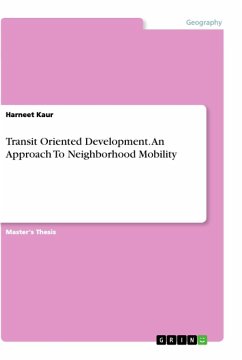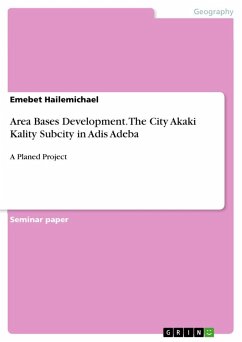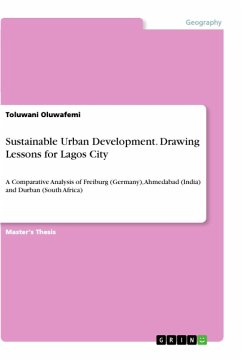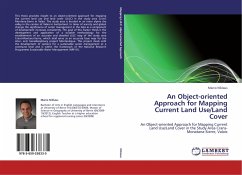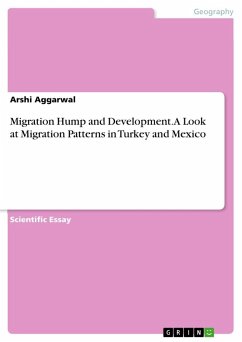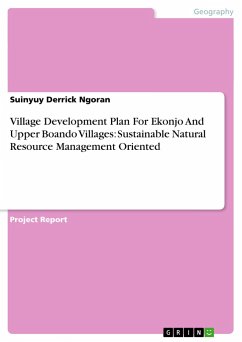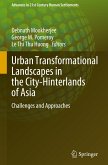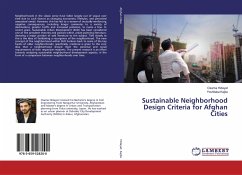Master's Thesis from the year 2020 in the subject Urban and Regional Planning, grade: 2.0, University of Weimar (Faculty of Architecture and Urbanism), course: M.Sc. European Urban Studies, language: English, abstract: The thesis research is divided into three main categories. Firstly, explaining "Emerging Practices" with definitions of different new trends for overcoming various challenges around the globe. Secondly, by 'Learning lessons' from best practices and interviewing Experts in this field and the last part of future experiments in section 'Future Lab' where these learnings and Challenges are demonstrated together to form recommendations for future proposals. In future Lab, Challenges which are basis of this thesis study; Learnings which are currently happening; and findings which are recommendations from expertise are collected together to form a catalog.Further integrating these key elements from catalogue help to create a new future proposal. A design model under three different criteria is made and interpret the level of integrating the key elements. Thus, in this future lab of experiments, successful recommendations are delivered to fulfill the goals and objectives of neighborhood mobility concept.TOD is a prominent solution considered to overcome major urban issues. However, different interpretations of this concept lead to difficulties in conducting TOD. Implementation of TOD is realized on different scales, varying from macro to micro. This thesis research focus on micro scale implementation which refer to neighborhood scale. With new trend of mobility, transit stations in neighborhood are rather used as mobility hubs or combined with other mobility offers. Many people are increasingly using mobility offers that best suit their situation and combine various transport modes flexible with each other. These models are called multimodal or intermodal of mobility. These mobility offers mostly sharing means of transportation like Car Sharing and Bike Sharing integrated in different ways.Furthermore, it is identified, whether the neighborhood mobility plan is serving only the residents living around this neighborhood or has effect on urban area too. To understand both the cases, two best practices in each case is explained. So, detail overview study of well operating mobility station 'SWITCHH' developed in Hamburg, Germany and mobility plan focusing on its residents; 'Seestadt Aspern' in Vienna are reviewed. To investigate the success factor, method to approach from concept level to development level and other criteria's; expert interviews are conducted from the team of mobility concept developers.
Bitte wählen Sie Ihr Anliegen aus.
Rechnungen
Retourenschein anfordern
Bestellstatus
Storno

